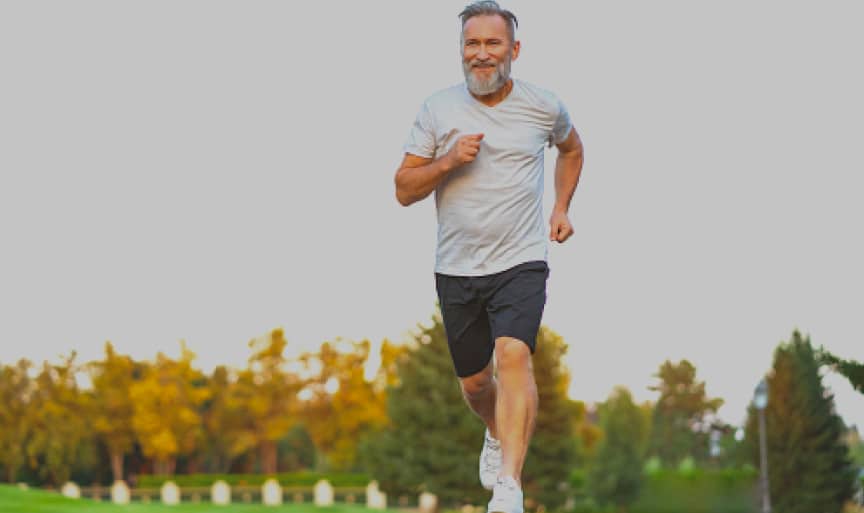
We are very sensitive when talking about obesity in today’s culture, in order that we strike a balance between educating our patients and sounding overly critical.
In our orthopedic practice we take time to ensure that everyone, no matter their gender, age, or physical abilities, is aware of the risk that carrying too much weight can have on both their orthopedic health (joints for example,) as well as their general health (such as diabetes and heart disease).
As healthcare professionals we recognize how important it is for everyone, both men and women, to be comfortable in their own skin, and be confident in who they are as a person and what their body looks like. In this context, being comfortable with yourself means helping people understand that their body will not always look like photographic models or even other “average” individuals. We all built differently and we respond differently to caloric intake, exercise, and lifestyles. For example, some (lucky) people were born with really efficient metabolisms – many of us are not, however. An important step in healthy confidence is to understand that although we may never be as thin as some, we can be very comfortable in our own skin. Medically speaking, though, being comfortable in your own skin is not validating obesity.
The definition of obesity has been quite specific traditionally: it was defined as weight at least 20% above the weight correlating to the lowest death rate for individuals of a specific height, gender, and age (the “ideal” weight).
A further breakdown of definitions looked like this:
- Mildly obese: 20-40% over the ideal weight
- Moderately obese: 40-99% over the ideal weight
- Severely/Morbidly obese: 100% + over ideal weight
- More recent guidelines for obesity use a measurement called BMI (Body Mass Index).
BMI health guidelines are
- BMI of 25.9- 29 is considered overweight
- BMI over 30 is considered obese
Another method of establishing healthy body size guidelines is the measurement and comparisons of waist and hip circumferences. Generally speaking, the higher the ratio, the greater the chance for weight-associated health problems.
Lastly, specialized scales are now available that measure one’s percentage of body fat. While ideal body fat percentage vary with age, under 25% for me and under 30% for women are considered average.


